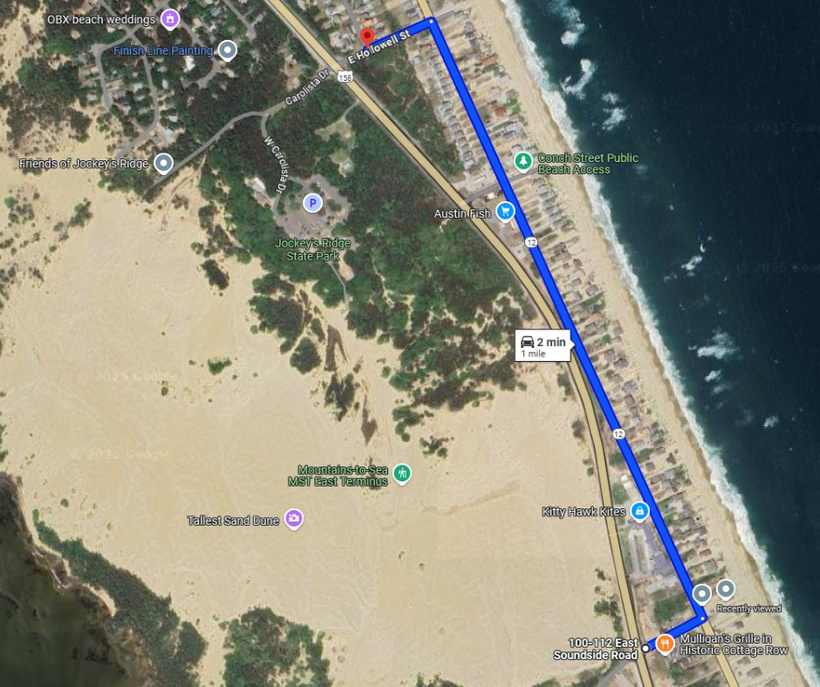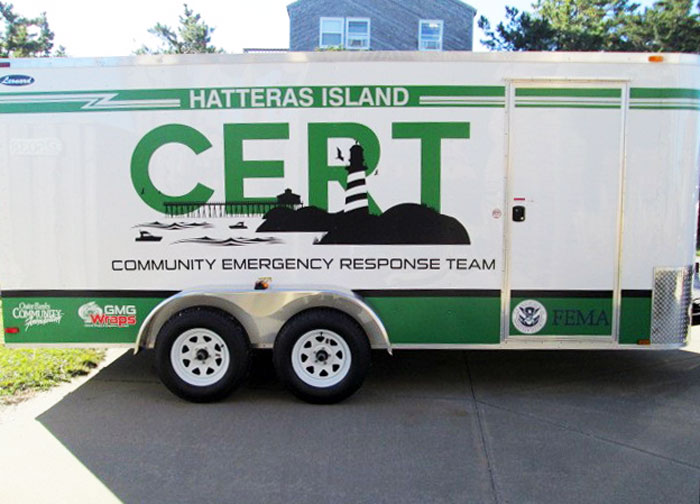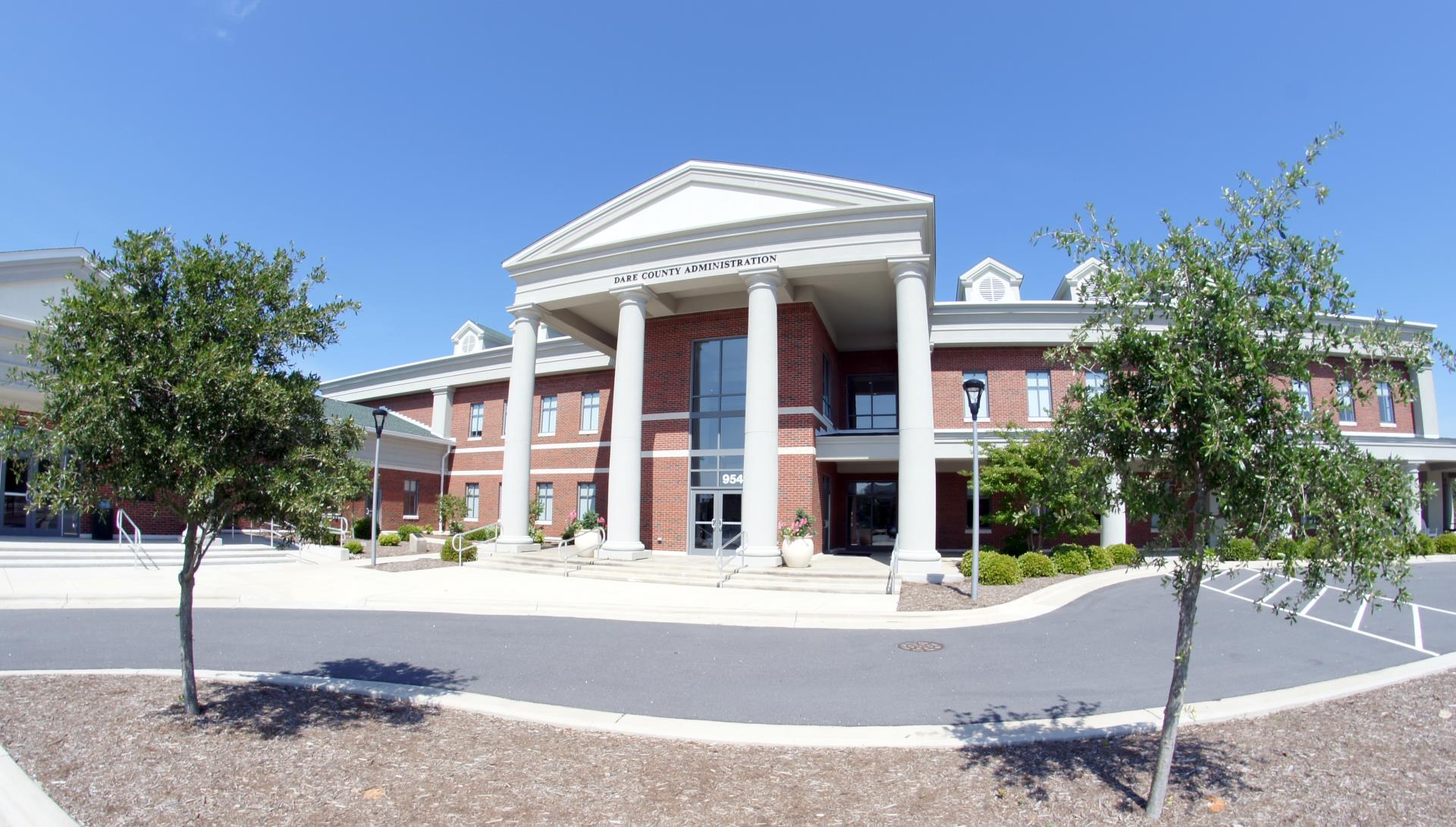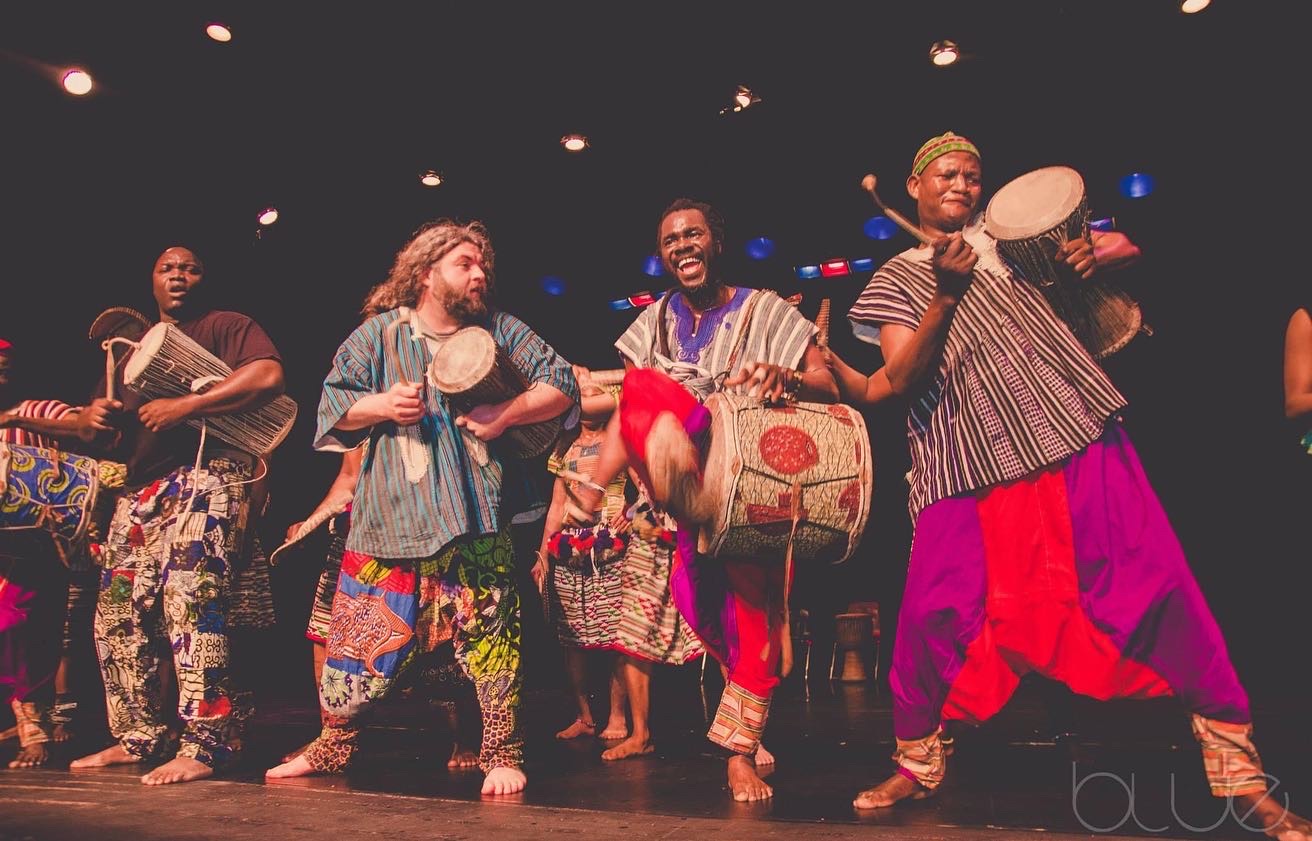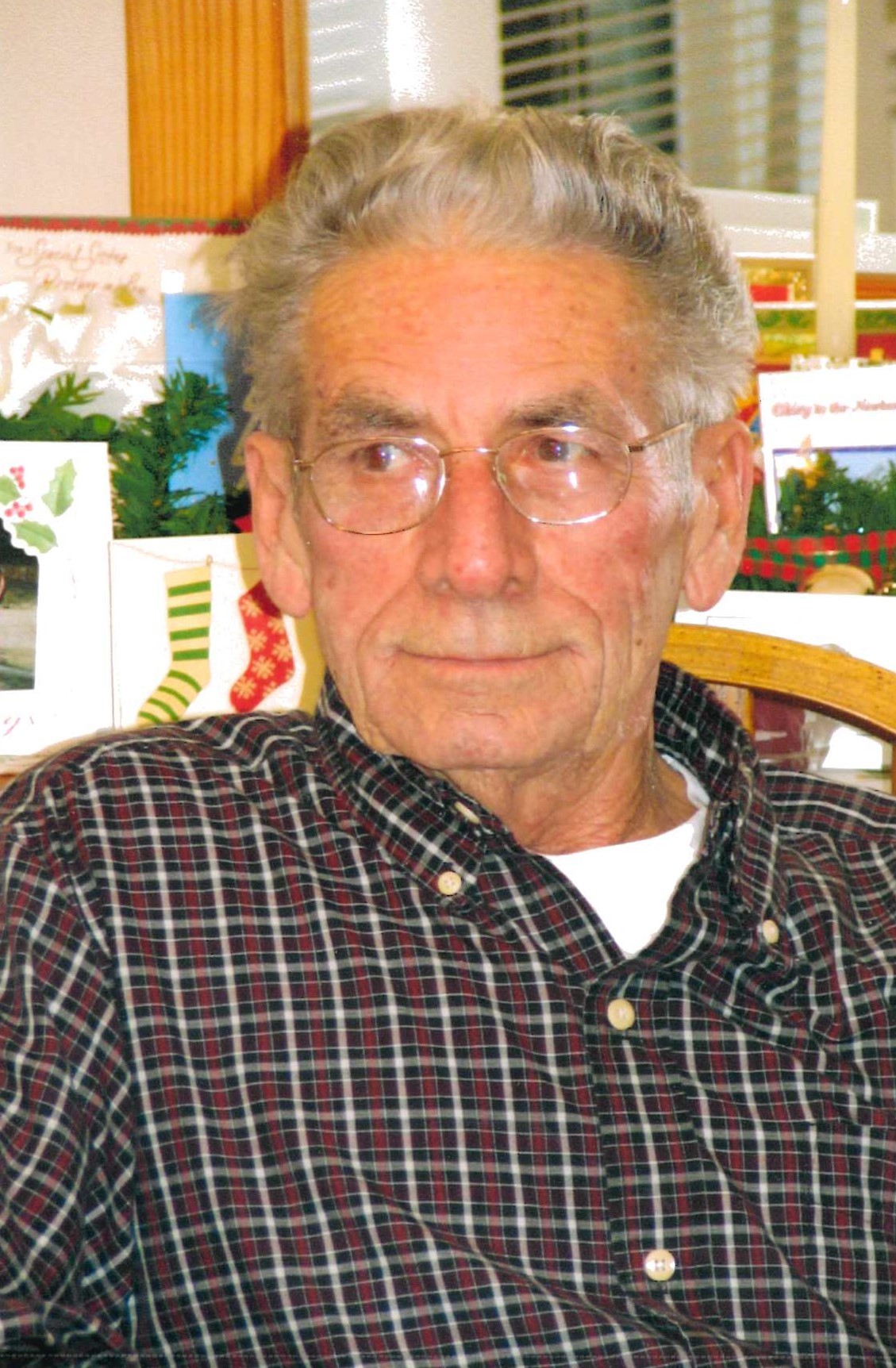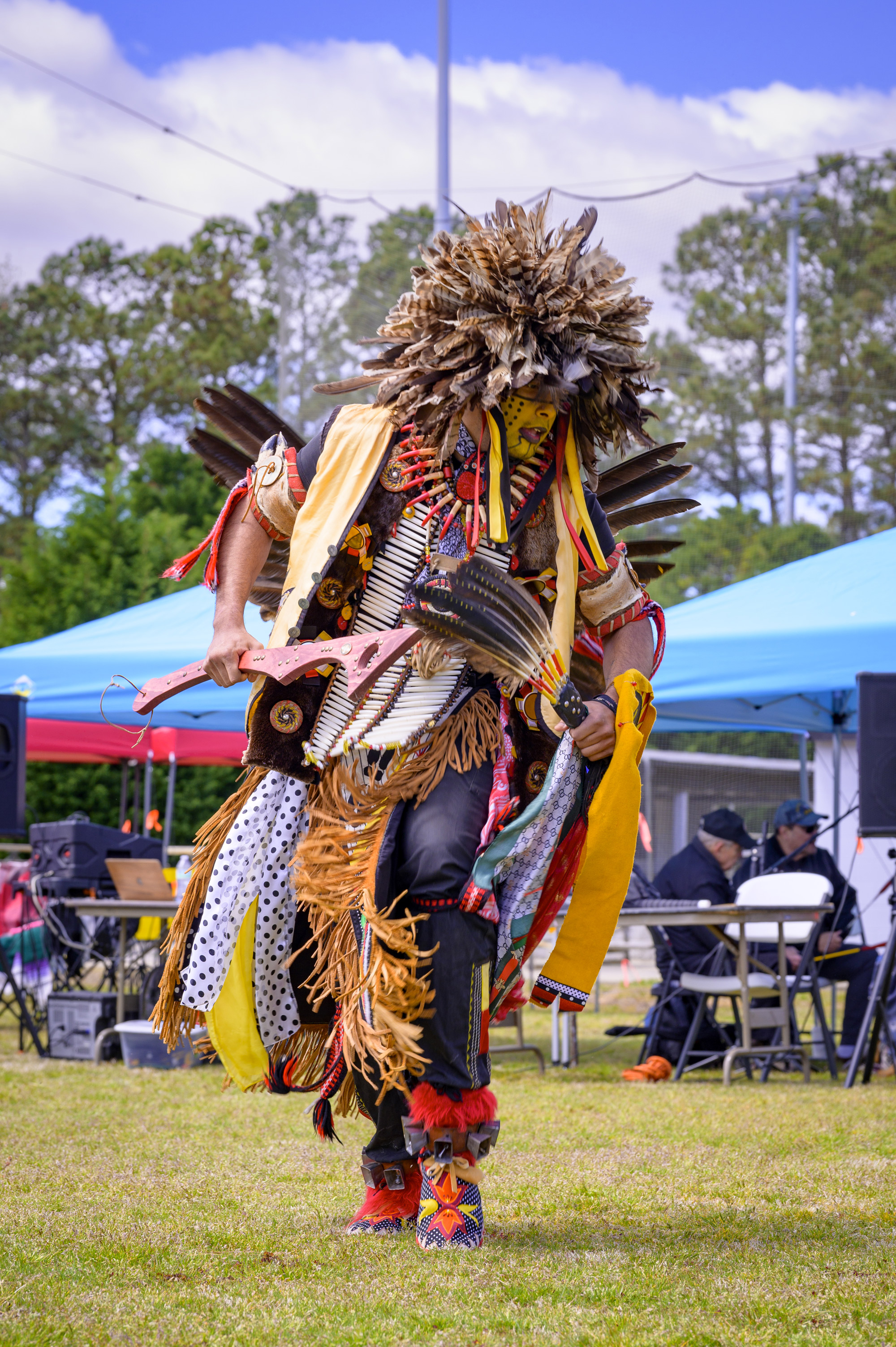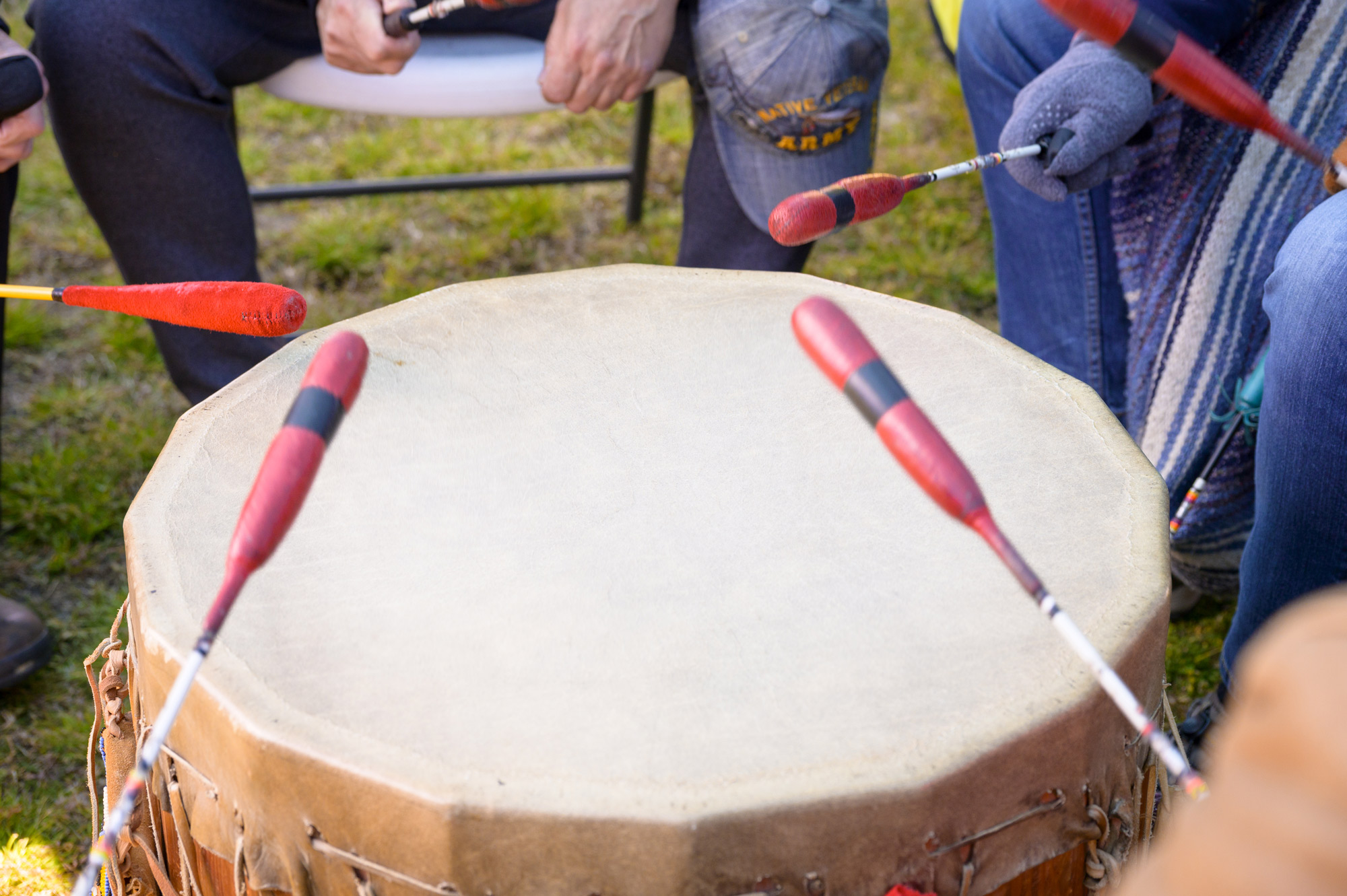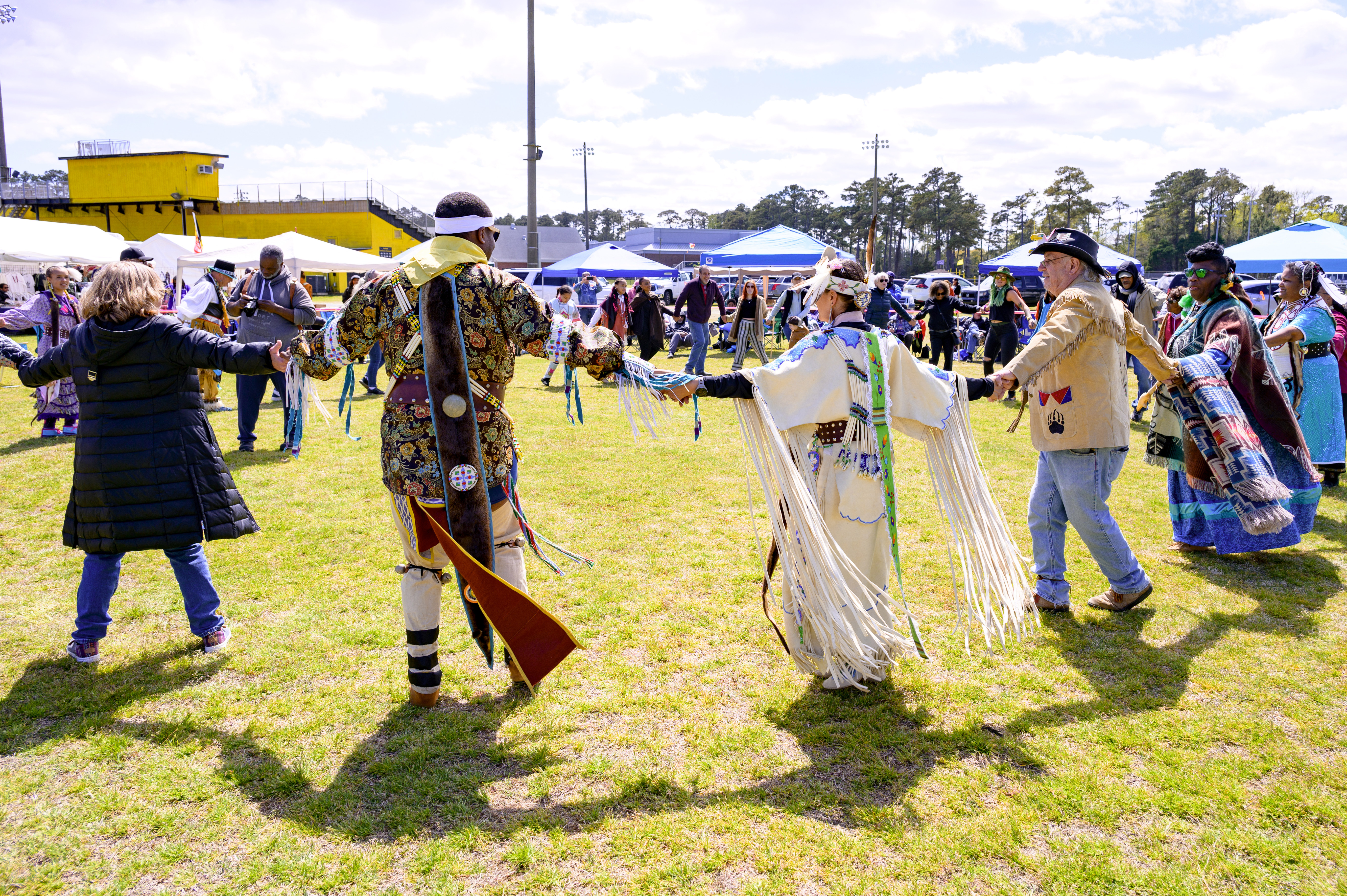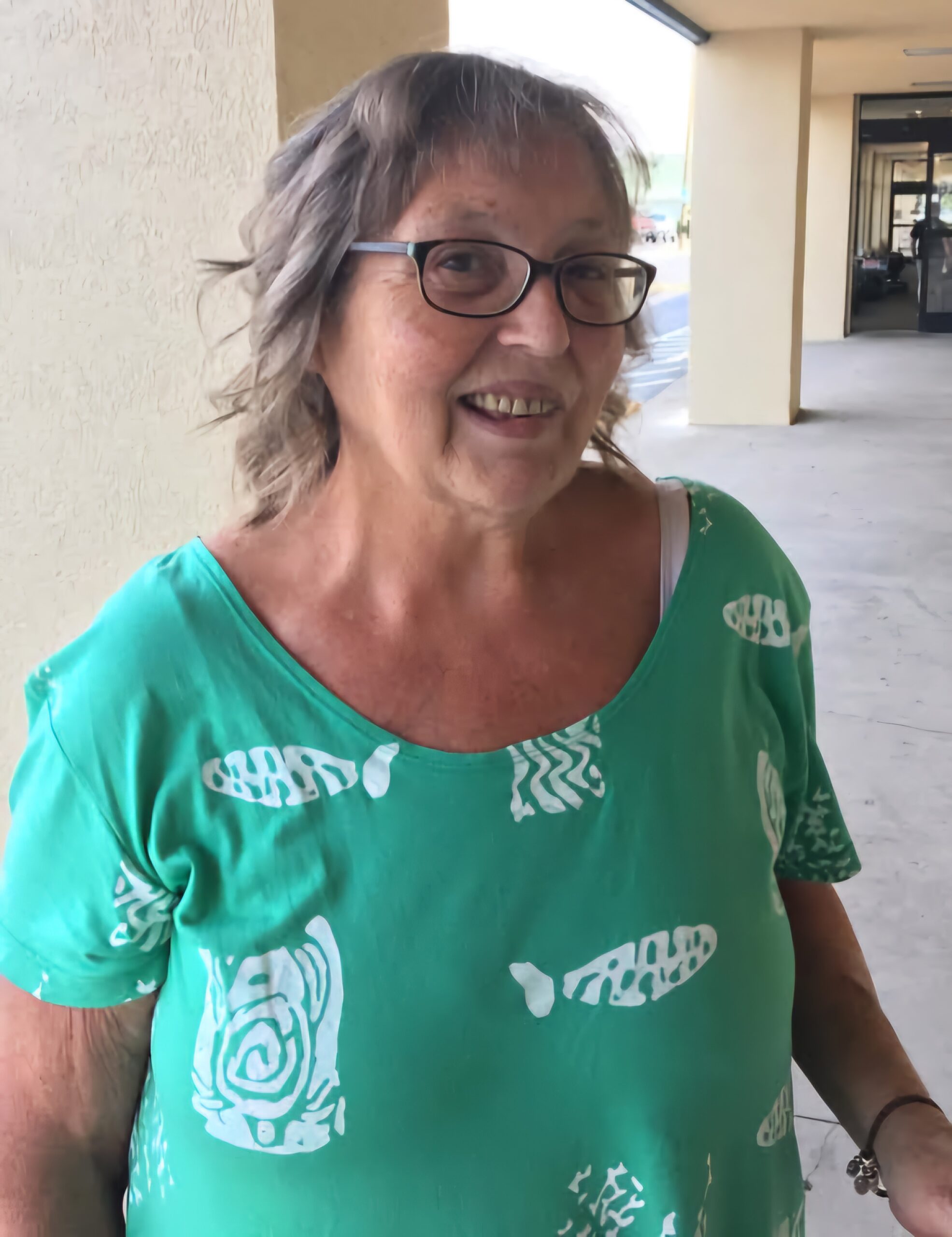The Outer Banks’ Original Life Preservers Come to Cape Hatteras Elementary
The Outer Banks, and especially Hatteras Island, is well known for its long history of ships and shipwrecks. Lesser known, however, is the history of Richard Etheridge and his all-black crew who not only performed one of the greatest rescues in the history of Hatteras Island, but whose story is also a testament to the cooperation between black and white surfmen at a time in America’s history when this was rare.
Members of the Pea Island Preservation Society have created a presentation to honor this cooperation among surfmen, which began just South of Rodanthe at what was once the United States Life-Saving Service station. The goal of their program is, ultimately, to “further the message of early positive race relations and the benefits of diversity.”
The precursor to the United States Coast Guard, the U.S. Life-Saving Service was responsible for vigilantly monitoring our nation’s shores and protecting citizens from the frightening unknowns of the sea. Despite facing serious discrimination, a crew of African American surfmen, led by Richard Etheridge, not only remained faithful to their duties, but also performed one of the most heroic rescues on the open ocean.
As the descendants of a man who worked as a surfman during this monumental period, Joan and Darrell Collins are cousins with a personal connection to the Pea Island Life-Saving Station.
When they discovered the exciting facts of their relatives’ past, they were determined to make the heroic history of these African American lifesavers known.
As members of the Pea Island Preservation Society, Inc., the Collins cousins, along with James Charlet portraying Keeper James of the Life-Saving Service and his wife Linda Molloy portraying the Keeper’s wife (both in period-correct dress), have created an interactive presentation entitled, “Freedmen, Surfmen, and Heroes™.” The program first debuted at the North Carolina Aquarium in Manteo in February of last year. Since then, the team has presented their research 14 times at the aquarium and subsequently to every elementary school in Dare County.
Fourth graders at Cape Hatteras Elementary School were engaged in a vibrant storytelling experience on Tuesday as presenters related the tale of Etheridge and his crew’s bravery and heroism.
Afterwards, students were prompted to identify some qualities of these surfmen which made their noble pursuits possible such as honor, dedication, service, teamwork, determination, bravery, and perseverance.
Students then identified each quality with a particular surfman in Etheridge’s crew, and were awarded ceremonial medals of honor.
The interactive experience of the presentation served to both keep students engaged while also teaching them the importance of diversity.
The Pea Island Preservation Society, Inc.’s presentation at Cape Hatteras Elementary School on Tuesday was particularly special, presenters said, because Richard Etheridge and his crew’s historic rescue occurred just off the coast of Hatteras Island.
After the Civil War ended, Richard Etheridge returned to his home on Roanoke Island and got a job at the Bodie Island Life-Saving Station, just one of 29 that were to be built along the North Carolina’s coast.
Etheridge was given the position of Surfman No. 6, the lowest rank among lifesavers, despite his lifetime of experience on the water. It was the job of his and his fellow surfmen to monitor the beach every day from sunup to sundown from a lookout tower. In the evenings, these same surfmen would patrol the beach on foot, walking three miles in one direction until meeting another patrolling surfman with which they would exchange tokens before walking the three miles back.
Patrols persisted no matter the weather conditions, and the presenters suggested that it was this persistence which bonded the surfmen together across racial barriers. The stations would also often come together to assist each other during rescue missions, creating a sense of unity among all-white and all-black lifesaving stations.
In 1880, Etheridge was promoted to the highest position at the Pea Island Life-Saving Station as Keeper, but even then the prejudice continued. All the white surfmen at the Pea Island Station refused to work for him and the station was suspiciously burned down. Etheridge did not let these circumstances deter him, however, and he built a new station at Pea Island with the help of his all-black crew.
Etheridge and his crew are most known for their heroic rescue of the crew and passengers aboard the E.S. Newman, a three-masted schooner, during a hurricane in 1896.
When the boat began sinking just off the shore of Hatteras Island, the surfman on duty in the Watchtower at the Pea Island Station was barely able to make out a flare going up over the ferocious waves. Etheridge and his crew arrived on the scene and rescued Captain Silvester Gardner and his entire crew by miraculously swimming to the wreck and retrieving the shipwrecked crew one at a time.
Despite their heroism, the crew never received recognition for this rescue during their lifetime. Indeed, it wasn’t until 100 years after the E.S. Newman rescue, in 1996, that the Coast Guard awarded them the Gold Life-Saving Medal.
Etheridge’s legacy continued, despite this lack of recognition, as the Pea Island Life-Saving Station continued to be manned by African American keepers and crew for the next 67 years until that station closed in 1947.
Though Etheridge died in 1900, he remains an example of service, dedication and perseverance. The new bridge located just south of Pea Island is set to be dedicated to him in a ceremony soon to be announced by NCDOT.
Joan and Darrell Collins, along with Keeper James and his wife Linda, believe Etheridge’s story is worth being told, especially to young children, because it showcases the power of difference as well as perseverance in the face of discrimination.
“It’s always important to tell stories like this, because it shows the importance of diversity; I think it’s just pretty special,” Joan Collins said.


